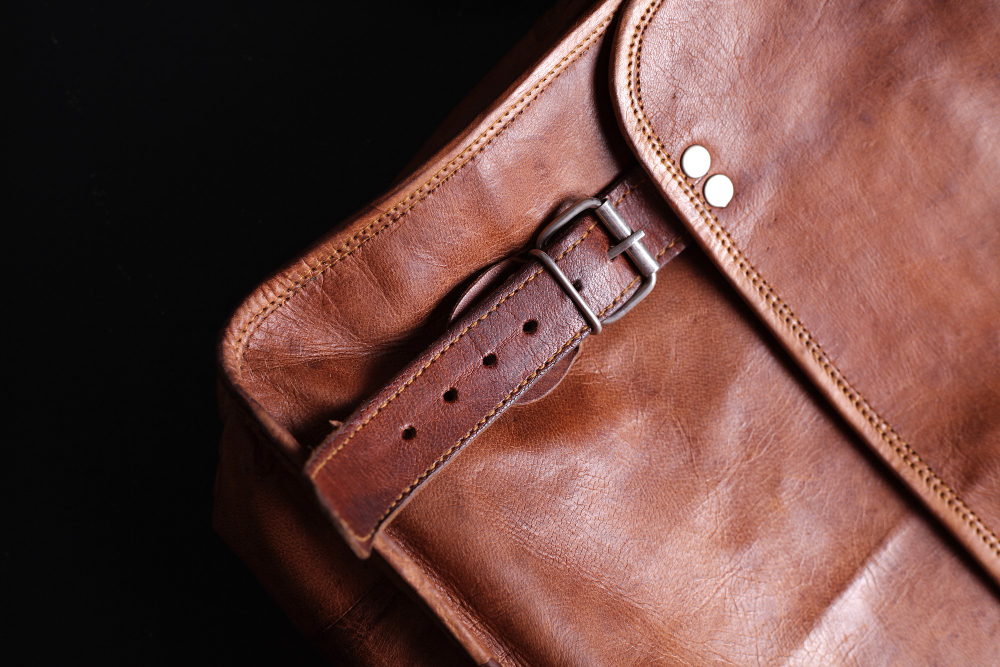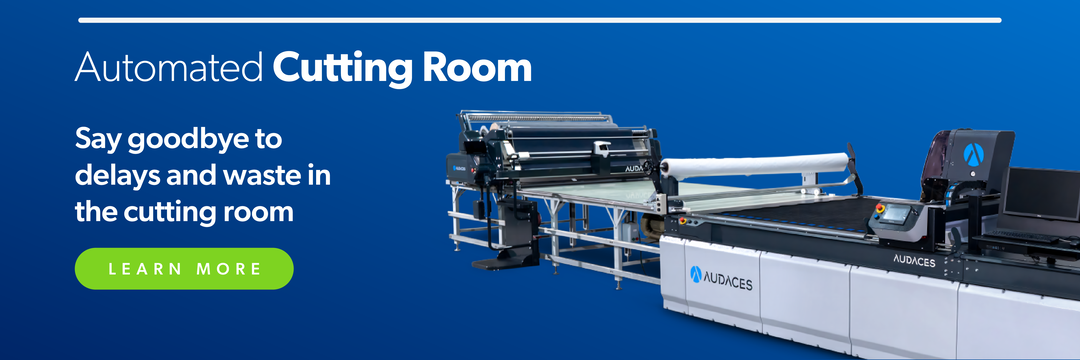Summary
- Leather cut is a defining step in fashion manufacturing that shapes efficiency and quality.
- It ensures the accuracy of every piece, preserving the integrity of the material.
- Want practical insights straight to your inbox? Subscribe to our newsletter!
Leather has always held a special place in fashion. From timeless jackets to luxury handbags, it remains a symbol of durability, elegance, and style. But before leather becomes a finished product, it must go through a precise cutting process.
Unlike fabric, leather requires particular care during cutting. Its natural texture, variations, and imperfections make the process more complex.
In this article, you’ll discover the main methods used to cut leather in the industry. We’ll show you insights on how precision and innovation can reduce waste while maintaining the highest design standards.
Happy reading!
Sumário
Synthetic vs. natural leather: what’s different when cutting?
Cutting leather is not a one-size-fits-all process. The type of leather you work with can make a big difference in technique, tools, and handling.
Natural leather is an organic material with unique textures, grain patterns, and sometimes imperfections. These variations give it character but also require careful attention to avoid mistakes during cutting.
Synthetic leather, on the other hand, is man-made and generally more uniform in thickness and texture. While it may seem easier to work with, it comes with its own challenges. For instance, synthetic leather can be less forgiving when it comes to tension or heat generated during cutting.
Here are some key differences to consider:
- Natural leather: irregular surface, may have scars or markings, requires careful alignment.
- Synthetic leather: consistent surface, easier to standardize patterns, but sensitive to heat.
- Thickness variations: natural hides vary more, while synthetics are usually uniform.
- Edge finishing: natural leather can burnish nicely; synthetics may need sealing or heat treatment.
Understanding these differences is essential for manufacturers who want always the best results.
How is leather prepared for cutting?
When handling leather, you must inspect it for imperfections, clean it, and condition it. This ensures the material behaves predictably during the cutting process.
One of the first steps is flattening and relaxing the leather. Natural hides often have wrinkles or folds, so you need to smooth them out. Spreading the leather evenly across the cutting surface avoids stretching or distortion during cutting.
Another important step is moisture control. Leather cuts that are too dry can crack, while overly damp leather can stretch and deform.
Next comes marking and aligning patterns. Accurate placement is essential to maximize the usable area of each hide and reduce waste.
Proper preparation sets the stage for efficient, precise, and high-quality leather cutting.
Learn more: What are the best leather cutting tools in the industry?
How is leather cut in garment manufacturing?

Spreading
This is the first step in preparing leather for cutting. It involves laying the hide flat on the cutting table and smoothing out wrinkles or folds to ensure a consistent surface.
Proper spreading helps prevent stretching or misalignment during the cutting process. This is especially important for natural leather with irregular grain.
During this stage, operators carefully inspect the hide for defects, marking areas to avoid. They ensure that each pattern piece uses only the highest-quality sections of the leather. It’s a solution to reduce waste and improve the final product’s appearance.
Quality control
Quality control begins before cutting even starts. Operators examine the leather for imperfections such as scars, holes, or inconsistent thickness.
By identifying these issues early, manufacturers can decide which areas of the hide are suitable for cutting.
Once cutting begins, quality control continues through monitoring the accuracy of each cut. Proper alignment of patterns, consistent pressure, and tool maintenance all ensure that each piece matches the intended design specifications.
Finally, quality control extends to post-cutting inspection. You must check every piece to guarantee clean edges, correct dimensions, and uniformity.
Learn more: How can technology enhance the quality of textile products?
Automated cutting
This technology has transformed leather cut, increasing precision and efficiency. Cutting machines use computer-guided systems to follow patterns exactly, minimizing errors that can occur with manual cutting.
Automation also allows companies to cut multiple layers at once. By stacking spreads evenly and using optimized cutting paths, you can reduce waste and speed up production.
In addition, automated systems often integrate with software that tracks patterns, material usage, and production metrics.
This digital approach gives manufacturers better control over the process, ensuring consistency across batches and helping maintain high standards.
Learn more: Find out which 4 cutting tools are worth your investment
Identifying each leather cut
After cutting, it’s necessary to identify each leather piece. This involves tagging pieces with labels that indicate size, color, or position in the final garment.
Accurate identification is crucial to ensure that pieces will be correct later in the production process.
Identification also supports traceability. If a problem arises in later stages, manufacturers can quickly track crucial information. For example, the source of the material, the cutting batch, and other relevant details.
Finally, labeling cut pieces enhances efficiency on the production floor. Operators can quickly sort and organize components, making assembly faster and reducing the risk of mismatched parts.
Ready to optimize your cutting room? Download our guide and learn how to eliminate costly mistakes!
Benefits of automating leather cutting in your business
Automating leather cutting can transform the way your business operates. Let’s explore the key benefits of integrating this process into your production workflow!
Reducing waste
Leather is an expensive material, and minimizing waste is essential for cost-effective production.
Automated systems optimize the placement of patterns on the hide, using software that calculates the most efficient layout.
In addition to maximizing material usage, automation helps avoid cutting errors caused by manual handling. Precise digital cutting paths reduce the likelihood of incorrectly sized pieces, which are common in traditional processes.
Learn more: How to properly dispose of your clothing company’s textile waste?
Boosting productivity
Machines can handle larger volumes of leather at once, cutting multiple layers or complex shapes with consistent accuracy.
This allows companies to produce more pieces in less time, meeting tight deadlines without sacrificing quality.
The result is a smoother production workflow. Brands can maintain a steady pace of output, reduce downtime, and respond quickly to changes in demand or design.
Learn more: Discover how to enhance productivity in the textile business chain
Ensuring consistent standards

Consistency is key in fashion manufacturing, and automation delivers uniform results across all cut pieces. Machines follow exact digital patterns, ensuring that every piece matches the intended dimensions and shapes.
Uniformity is especially important for large production runs. In this scenario, even minor variations can cause assembly issues or affect garment fit.
Improving quality control
Many automated systems include monitoring features that detect deviations or issues during the cutting process. This allows manufacturers to address problems immediately, preventing defective pieces from progressing further in production.
Moreover, consistent cutting improves the fit and finish of the final garments.
With high-quality pieces produced every time, brands can deliver superior products and maintain customer satisfaction.
Making processes more sustainable
Automation contributes to sustainability by optimizing material use and reducing waste. Software algorithms plan cuts to maximize the hide, leaving less unused leather behind.
The reduced need for manual trial-and-error cutting also saves energy and limits resource consumption. Machines perform tasks efficiently and consistently, decreasing the environmental footprint of production.
Developing traceable products
Traceability has become a priority in modern fashion, and automated cutting supports this goal. You can tag each piece digitally, linking it to its origin, batch, or production details.
This tracking system allows manufacturers to monitor the entire lifecycle of each component, ensuring accountability and quality assurance at every step. If an issue arises, it’s easy to trace back to a specific cut or hide.
Traceable products also improve transparency for customers and brands. Shoppers increasingly value knowing where their garments are from, and traceable cutting processes provide that confidence.
Learn more: Cut leather faster with Audaces Cutting Room
Cut leather faster with Audaces Cutting Room!
By embracing cutting-edge technology, garment manufacturers can achieve significant improvements in the production process. From greater design flexibility to enhanced efficiency and reduced costs.
This is where Audaces Cutting Room steps in. Our experts will thoroughly assess your company’s needs and create a comprehensive report.
Then, our team will develop a personalized project to achieve your goals and unlock your company’s full potential.
Rely on Audaces’ cutting-edge machinery to automate your production process. Achieve impeccable cuts on curves and details, speeding up your deliveries and minimizing fabric waste through automation.
Success story
This Latin American company also faced a challenging material to cut: denim. Not only did they improve their cutting quality, but they also saw an immediate 13% increase in productivity!
Watch this success story and see how the Audaces360 + Audaces Cutting Room combo transformed their production:
FAQ
Natural leather is an organic material with unique textures, grain patterns, and sometimes imperfections. Synthetic leather, on the other hand, is man-made and generally more uniform in thickness and texture.
When handling leather, you must inspect it for imperfections, clean it, and condition it. This ensures the material behaves predictably during the cutting process.
The process includes spreading, quality control, automated cutting, and identifying each piece.










